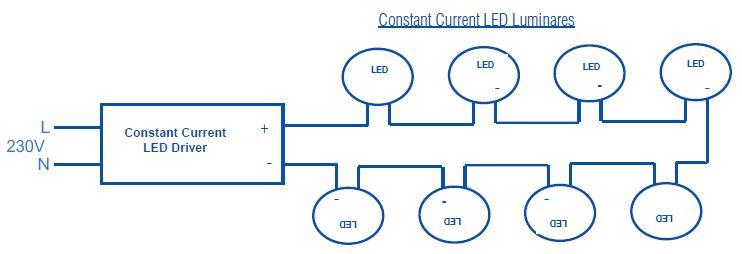They have recommended that Eaglerise thing because they probably cost 5p and can be sold for vast profits.
The lights would be wired like this, using a single driver:
(adapted from http://database.aurora.eu.com/GetImage.ashx?Type=InstructionLeaflet&Image=AU-LED_CC_V1_07.pdf)
The lights would be wired like this, using a single driver:
(adapted from http://database.aurora.eu.com/GetImage.ashx?Type=InstructionLeaflet&Image=AU-LED_CC_V1_07.pdf)



